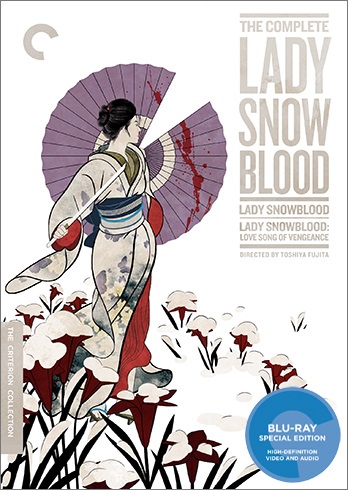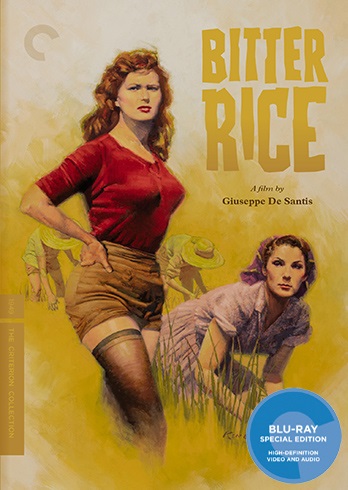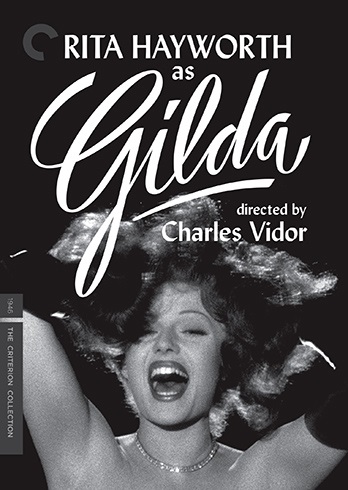Best of Criterion’s New Releases, January 2016

Each month, the Paste staff brings you a look at the best new selections from The Criterion Collection. Much beloved by casual fans and cinephiles alike, The Criterion Collection has for over three decades presented special editions of important classic and contemporary films. You can explore the complete collection here.
In the meantime, here are our top picks for the month of January:
 The Complete Lady Snowblood
The Complete Lady Snowblood
Director: Toshiya Fujita
Year: 1973 (Lady Snowblood), 1974 (Lady Snowblood 2: Love Song of Vengeance)
Quentin Tarantino gets flak for his pastiche habits, but when Tarantino steals, he steals from the best. As far as Kill Bill is concerned, that would be Toshiya Fujita, the filmmaker responsible for adapting Kazuo Koike’s chambara manga, Lady Snowblood, to the screen. The director was able to wring two movies out of his source material: 1973’s Lady Snowblood, and 1974’s Lady Snowblood 2: Love Song of Vengeance, the latter of which takes its title from one its predecessor’s chapters. As with most franchises, the sequel pales next to the original, but if the second verse isn’t quite as good as the first, it’s still leagues better than most revenge movies made in the decades since its release. Who cares, really: Criterion’s treatment includes both Lady Snowblood films, so you don’t have to choose.
That’s about all that it is, of course, but when you’re getting two great films for the price of one, special features and extras are really just so much gravy. In fairness, the Blu-Ray boasts interviews with both Koike and Lady Snowblood’s screenwriter, Norio Osada, and Howard Hampton penned a pretty wonderful essay as an accompaniment. It helps, too, that the artwork adorning the case (from Angie Wang) is gorgeous. But if you’re buying The Complete Lady Snowblood, you’re really buying it to watch the travails of Yuki Kashima as she avenges first the murder of her family, and then the corruption of her country. If you’re into spending three hours basking in bloody displays of righteous retribution, you can hardly do better than this disc. —Andy Crump
-

-

-

-

-

-

-

-

-

-

-

-

-

-

-

-

-

-

-

-

-

-

-

-

-

-

-

-

-

-

-

-

-

-

-

-

-

-

-

-

 Inside Llewyn Davis
Inside Llewyn Davis Bitter Rice
Bitter Rice Gilda
Gilda






































